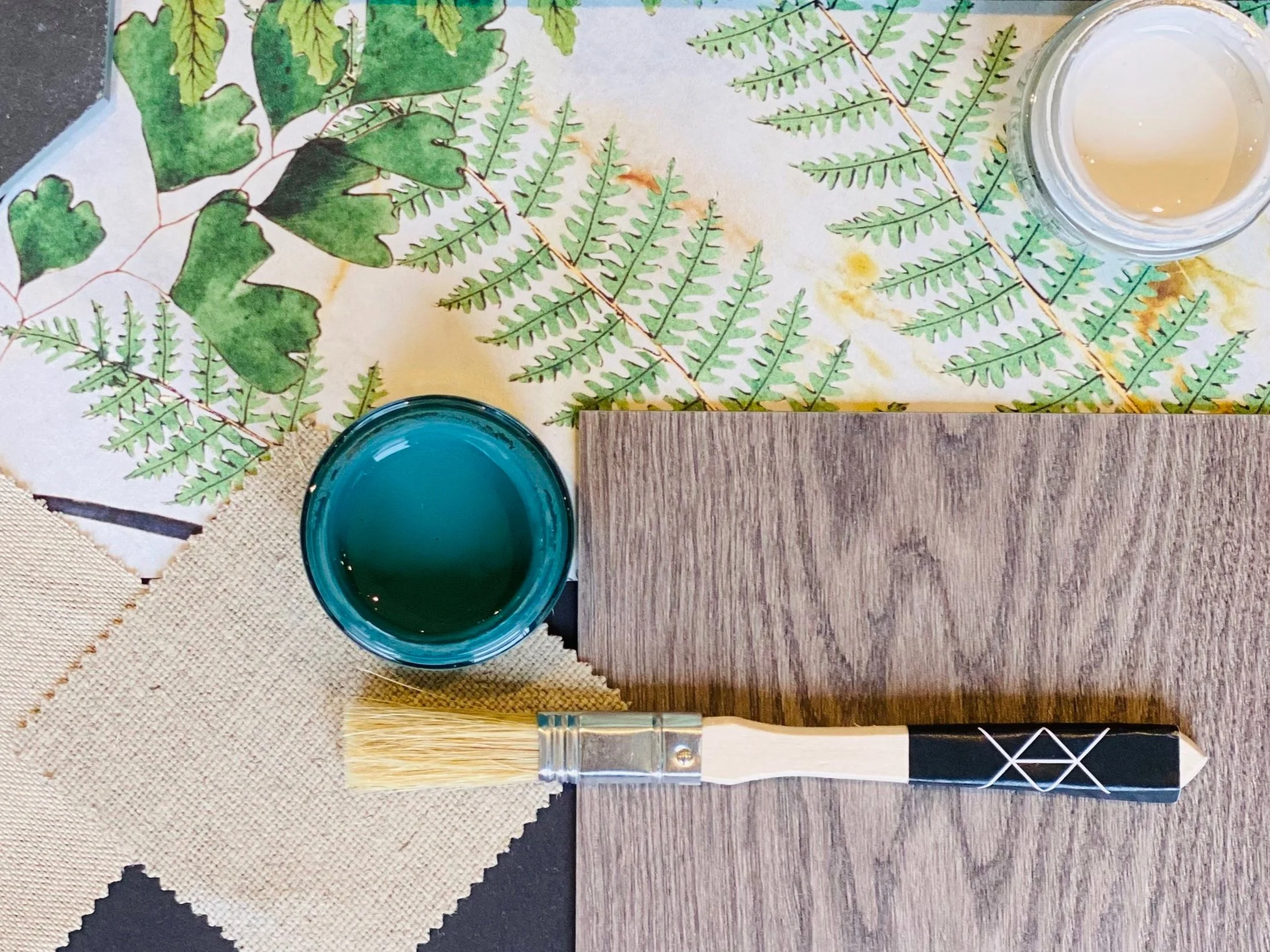Bring the outdoors in - Biophilic Design - A practice for wellbeing
Biophilic design, the practice of incorporating elements of nature into the built environment, has gained significant popularity in recent years. This innovative approach harmoniously blends the world of architecture and interior design with the power of nature, resulting in spaces that promote physical well-being, enhance productivity, and create a sense of tranquility.
Central to biophilic design is the understanding that humans have an innate connection to nature. As urbanization continues to rise and people spend more time indoors, this connection becomes increasingly crucial. By integrating elements like natural light, greenery, water features, and natural materials, designers can create spaces that not only look beautiful but also serve as sanctuaries for the human psyche.
One fundamental aspect of biophilic design is the utilization of natural light. Maximizing the use of daylight not only reduces energy consumption but also provides occupants with the ever-changing, dynamic qualities of natural lighting. Large, strategically placed windows, skylights, and lightwells allow for the penetration of sunlight deep into the interior, creating vibrant and uplifting spaces. This connection to the outdoors through light fosters a greater sense of connectedness to the surrounding environment.
Greenery plays a vital role in biophilic design, as it connects us with nature through the inclusion of plants, living walls, and even indoor gardens. Not only do plants purify the air, but they also provide visual stimulation and a calming effect. The presence of greenery has been proven to reduce stress levels, boost creativity, and enhance overall cognitive function. Incorporating plant life into interior spaces ensures a sense of freshness and vitality, bringing a touch of nature's serenity indoors.
Water features are another key element of biophilic design. The soothing sound and visual presence of water create a calming atmosphere that helps to reduce anxiety and promote relaxation. The incorporation of elements such as indoor waterfalls, fountains, or ponds can transform any space into a peaceful retreat. Water acts as a natural separator, providing privacy while simultaneously connecting different areas, enhancing the overall flow and harmony of the space.
Using natural materials is essential in biophilic design as they evoke a connection to the earth. Wood, stone, clay, and other organic materials bring a sense of warmth and authenticity to interior spaces. Not only are they aesthetically pleasing, but they also contribute to the overall well-being of occupants by improving indoor air quality, sense of self and calm that only nature can instil.
The Holistic Approach to Interior Design - Creating Meaningful Spaces
In today's fast-paced world, our homes have become more than just shelters; they are sanctuaries where we seek solace, peace, and rejuvenation. As we become increasingly aware of the impact our surroundings have on our well-being, a holistic approach to interior design is gaining momentum.
Creating Meaningful Spaces
In today's fast-paced world, our homes have become more than just shelters; they are sanctuaries where we seek solace, peace, and rejuvenation. As we become increasingly aware of the impact our surroundings have on our well-being, a holistic approach to interior design is gaining momentum.
At LitterArty, we firmly believe in taking this holistic approach to interior design. Rather than simply focusing on aesthetics, we consider the overall well-being of our clients and the impact their surroundings have on their mental, physical, and emotional health. Our approach involves seamlessly integrating elements of nature, natural materials, and sustainable design practices into our interiors. We create spaces that promote tranquility and harmony, utilizing natural lighting, indoor plants, and calming color palettes to foster a sense of calm and connection to the environment.
By carefully selecting furniture and decor that align with our clients' values and lifestyle, we ensure that their space is not only visually appealing, but also functional, comfortable, and imbued with a sense of integrity. Our holistic approach to interior design aims to create spaces that nourish the mind, body, and soul, promoting a sense of balance and well-being for our clients.
One of the key pillars of a holistic approach to interior design is having the understanding that our homes should reflect and support our individuality and lifestyle. Moving away from text book designs and embracing customisation. By carefully considering our clients' desires, needs, and aspirations, we can create spaces that are uniquely tailored to their personalities and promote self-expression. When we surround ourselves with design elements that resonate with our values and evoke positive emotions, we foster a deep sense of belonging and fulfilment. This is perhaps the most basic step in designing holistically and with wellbeing in mind.
Furthermore, a holistic approach to interior design acknowledges the importance of sustainability and eco-consciousness. Our planet faces numerous environmental challenges, and it is our responsibility to minimize our ecological footprint. By selecting sustainable materials, opting for energy-efficient lighting and appliances, and incorporating renewable energy sources, we can create spaces that are not only aesthetically pleasing but also environmentally responsible. This commitment to sustainability not only benefits our planet but also promotes a healthier indoor environment for occupants, something we are very passionate about promoting.
Health and well-being are indispensable components of a holistic approach to interior design. By embracing evidence-based design principles, we can create spaces that promote physical and mental well-being. Incorporating ample natural light, optimizing ventilation, and carefully selecting materials that minimize toxins contribute to a healthier indoor environment. Additionally, creating layouts that encourage movement and incorporate ergonomic furniture foster physical wellness. Considering these aspects in our designs ensures that our interiors become spaces that truly support and enhance the well-being of occupants.
The holistic approach to interior design also recognizes the profound impact that our surroundings have on our emotional and mental states. By mindful space planning and thoughtful use of colour and texture, we can create interiors that evoke positive emotions, inspire creativity, and promote emotional well-being. Incorporating elements from nature, such as plants and natural materials, can have a soothing effect on our minds, reducing stress and enhancing focus. By considering the sensory experience of a space, we can create environments that offer holistic stimulation.
Lastly, a holistic approach to interior design acknowledges the deeper spiritual aspect of human existence. It recognises the significance of personal objects, symbols, and rituals that hold meaning for individuals. By honouring the spiritual dimension, a space becomes not only visually appealing but fit for purpose.





